Growing Adoption of Electric Vehicles
The growing adoption of electric vehicles (EVs) is significantly impacting the Automotive Prognostics Market. As the market for EVs expands, the need for specialized prognostic tools tailored to electric powertrains becomes apparent. EVs require different maintenance strategies compared to traditional internal combustion engine vehicles, necessitating advanced prognostic solutions to monitor battery health, charging cycles, and overall vehicle performance. The electric vehicle market is projected to witness a compound annual growth rate of over 20% in the next few years, indicating a substantial shift in consumer preferences. This transition is likely to drive innovation within the Automotive Prognostics Market, as manufacturers develop new tools and technologies to cater to the unique requirements of electric vehicles.
Integration of Advanced Data Analytics
The integration of advanced data analytics is reshaping the Automotive Prognostics Market. With the advent of big data, automotive companies are increasingly leveraging analytics to derive actionable insights from vast amounts of vehicle data. This capability allows for more accurate predictions regarding vehicle maintenance needs and potential failures. The market for data analytics in the automotive sector is expected to grow significantly, with projections indicating a rise in demand for analytics solutions that can process real-time data. As companies seek to enhance operational efficiency and customer satisfaction, the role of data analytics in prognostics is likely to become more pronounced. This trend underscores the importance of data-driven strategies within the Automotive Prognostics Market.
Regulatory Compliance and Safety Standards
Regulatory compliance and safety standards are becoming increasingly stringent, thereby driving the Automotive Prognostics Market. Governments and regulatory bodies are implementing more rigorous safety protocols to ensure vehicle reliability and performance. This has led to a heightened focus on predictive maintenance solutions that can help manufacturers and service providers meet these standards. For instance, the implementation of the European Union's General Safety Regulation mandates that vehicles must be equipped with advanced safety features, which often include prognostic capabilities. As a result, automotive companies are investing in technologies that not only comply with regulations but also enhance overall vehicle safety. This trend is likely to propel the growth of the Automotive Prognostics Market as stakeholders prioritize compliance and safety.
Increasing Demand for Predictive Maintenance
The Automotive Prognostics Market is experiencing a notable surge in demand for predictive maintenance solutions. This trend is largely driven by the need for reducing operational costs and enhancing vehicle reliability. According to recent estimates, predictive maintenance can lower maintenance costs by up to 30%, which is appealing to fleet operators and individual consumers alike. As vehicles become more complex, the ability to predict failures before they occur is becoming essential. This proactive approach not only minimizes downtime but also extends the lifespan of automotive components. Consequently, the integration of advanced analytics and prognostic tools is likely to become a standard practice within the Automotive Prognostics Market, as stakeholders seek to optimize performance and ensure safety.
Technological Advancements in Sensor Technologies
Technological advancements in sensor technologies are significantly influencing the Automotive Prognostics Market. The proliferation of high-precision sensors enables real-time data collection and analysis, which is crucial for effective prognostics. These sensors monitor various vehicle parameters, such as engine performance, tire pressure, and battery health, providing valuable insights into the vehicle's condition. The market for automotive sensors is projected to grow substantially, with estimates suggesting a compound annual growth rate of over 10% in the coming years. This growth is indicative of the increasing reliance on data-driven decision-making in vehicle maintenance and repair. As sensor technologies continue to evolve, they are expected to enhance the accuracy and reliability of prognostic models within the Automotive Prognostics Market.


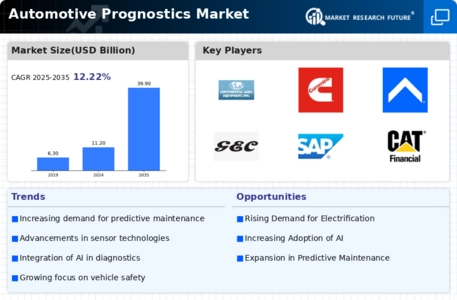

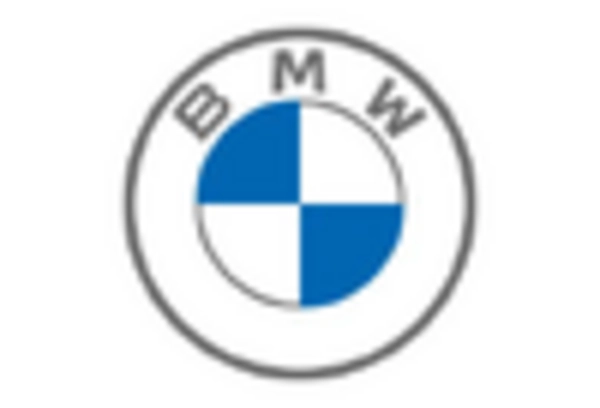
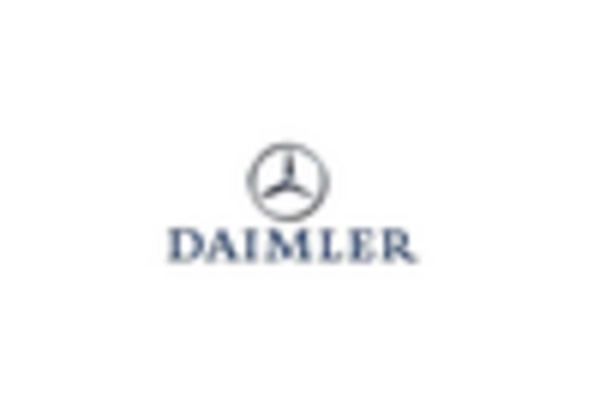

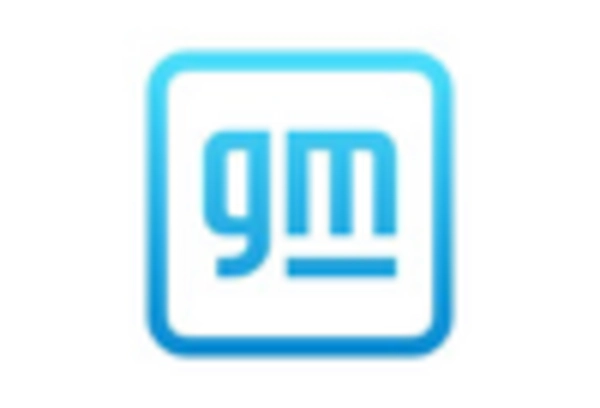
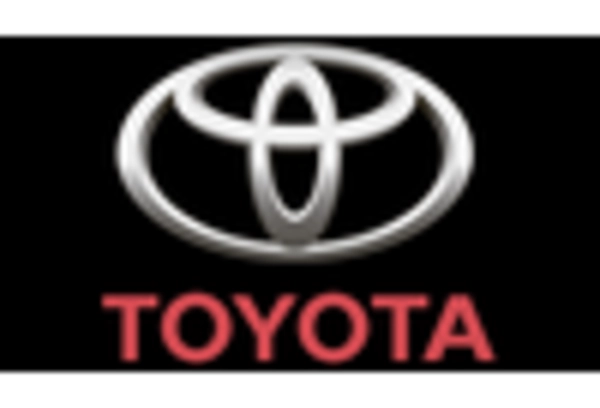









Leave a Comment